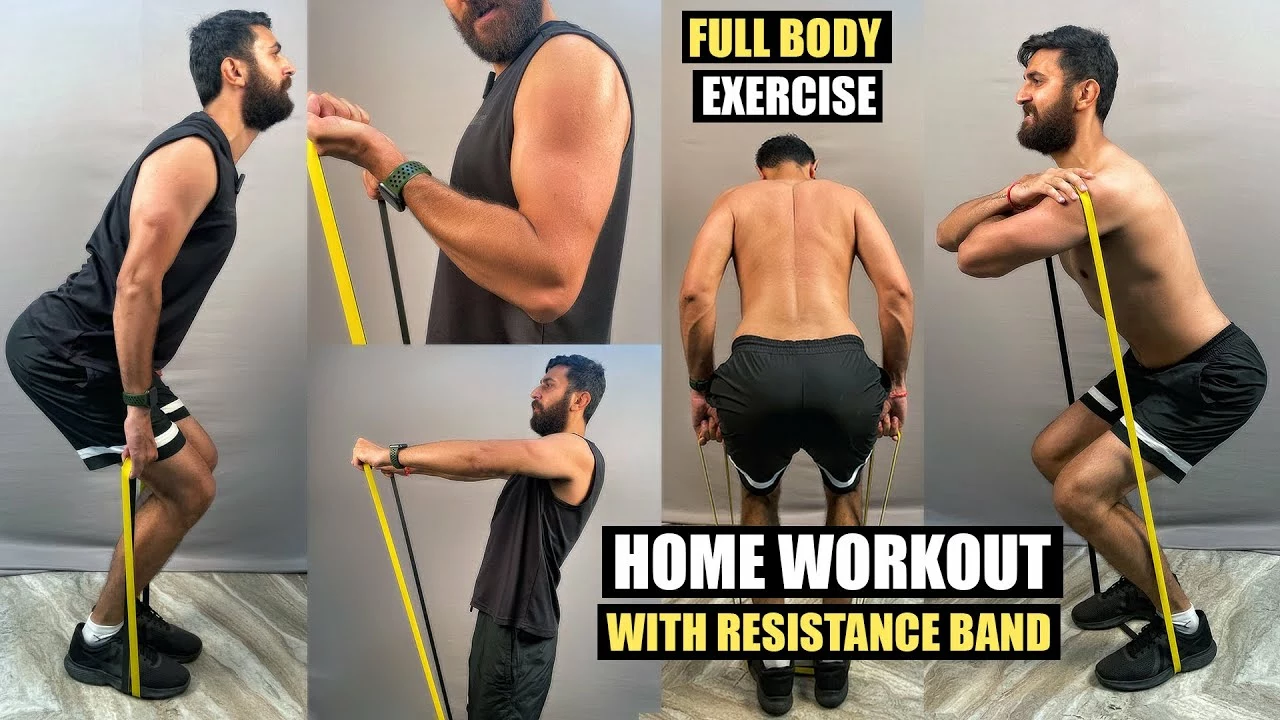Running Shoes: What Every Motorsport Fan Needs to Know
If you love the roar of engines, you probably spend a lot of time at the track, in the pit, or training for an event. But what most people forget is that the shoes you wear can make a huge difference. A good pair of running shoes gives you the grip, speed, and comfort you need whether you’re sprinting to the finish line of a charity run or chasing a faster lap around the circuit.
Running shoes aren’t just for marathoners. They’re the unsung heroes of any athlete who needs quick footwork, stability, and reduced fatigue. In motorsports, crew members race against the clock to change tires, refuel, or rescue a driver. The right shoe can shave seconds off those critical moments. Let’s break down how to pick the perfect pair and keep them in top shape.
Choosing the Right Pair
First, think about the surface you’ll be on. Track floors are usually smooth concrete or asphalt, while pit lanes can be slick with oil. Look for shoes with a rubber outsole that offers high traction on both dry and wet surfaces. A patterned tread helps channel away spills and keeps you steady.
Fit matters more than brand name. Slip‑on shoes feel great for quick changes, but lace‑up models give you a tighter lock‑down, which is useful when you’re moving fast under pressure. When you try them on, make sure you have a thumb’s width of space at the tip—your toes will swell during a long day, and you don’t want them rubbing.
Cushioning is another big factor. Too much cushion can feel plush but slows you down; too little leaves you feeling every bump. Look for a mid‑sole made from responsive foam like EVA or newer PU blends. These materials bounce back quickly, giving you a springy feel without sacrificing support.
Care and Maintenance
Even the best shoes lose performance over time. After each shift or run, give them a quick wipe to remove dust, oil, or sweat. Throw them in a mesh bag and let them air‑dry; avoid direct heat because it can break down the glue and foam.
Rotate between two pairs if you train often. This gives each shoe a chance to recover its shape and moisture, extending its life by months. Keep an eye on the outsole tread—once the pattern wears down, you’ll lose grip, which is a safety risk in high‑speed environments.
Finally, replace your shoes when you notice uneven wear, a loss of cushioning, or persistent foot pain. Most runners get up to 500‑800 miles out of a good pair; for pit crew folks, the mileage might be lower but the wear is tougher because of the slick surfaces.
Whether you’re gearing up for a weekend race or a casual jog, the right running shoes boost your speed, protect your feet, and keep you feeling confident. Pick a pair that matches your needs, fit them right, and take care of them—your feet (and your lap times) will thank you.

Can I use my running shoes in the gym?
Derek Kingsworth Jul 30 0Hey there, gym enthusiasts and running junkies! I've been pondering the million-dollar question: can we double-dip our running shoes for gym fun? The answer is a joyful yes, but with a sprinkle of caution. Running shoes are designed to move you forward, not sideways, so if your gym routine involves a lot of lateral movements, you might want to reconsider to avoid slipping or twisting something important. But if you're hitting the treadmill or doing a straightforward workout, your running shoes will do a commendable job. So, lace 'em up, folks!
More Detail